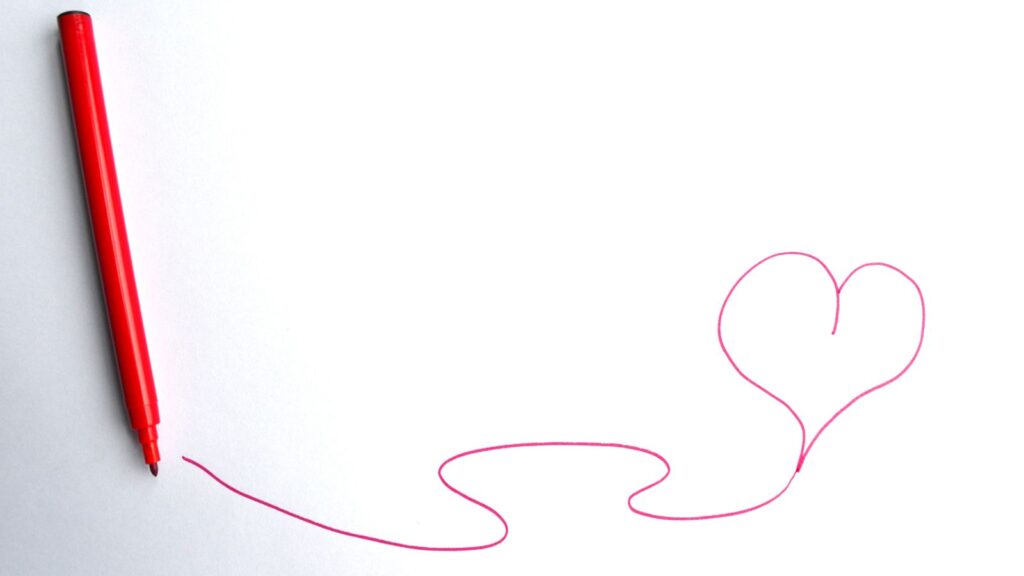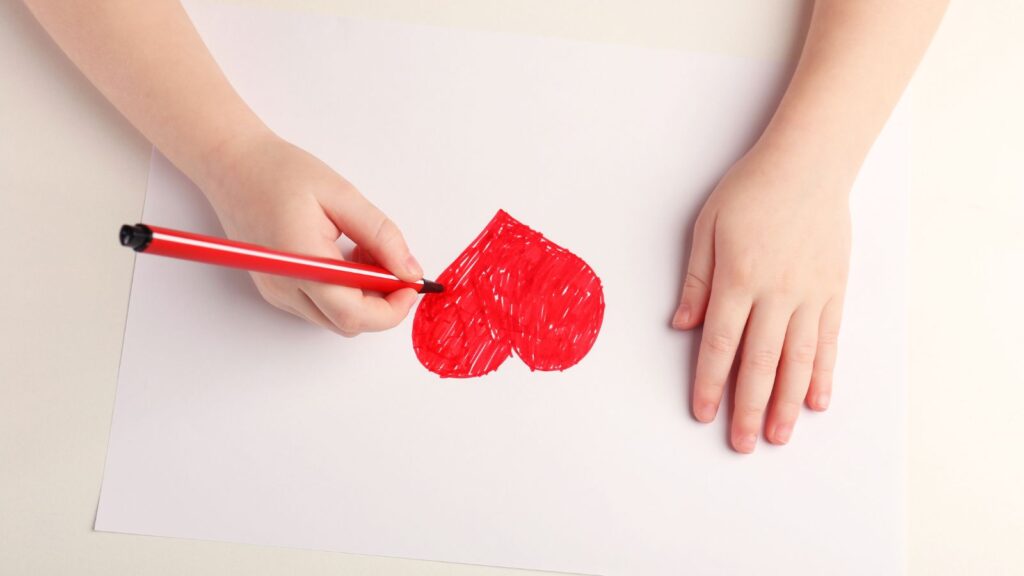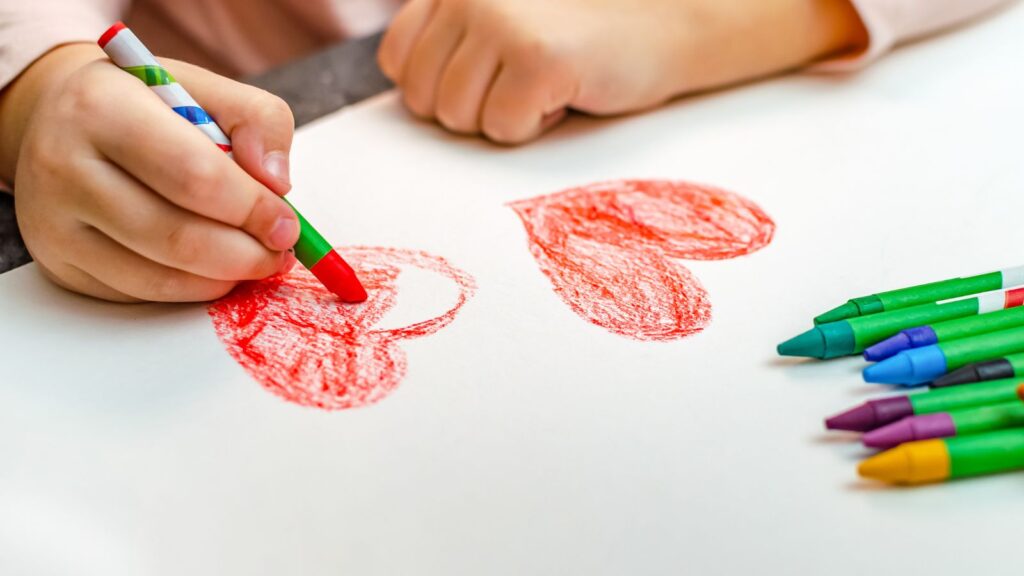Love drawings capture the essence of human emotion in a way that transcends language. These artistic expressions, ranging from simple sketches to intricate masterpieces, convey the depth and complexity of love’s many forms. Whether it’s the tender embrace of a couple or the whimsical portrayal of a heart, love drawings speak to the universal experience of affection and connection, much like the nurturing environment of best years preschool, where foundational bonds and early emotions are fostered.
Love:Gdqxx7ltslw= Drawings

Love drawings serve as a unique artistic language that conveys deep emotions and thoughts associated with love. Through diverse mediums, artists express passion, longing, and connection. Simple sketches can capture a fleeting moment of tenderness, while detailed pieces might explore the complex nuances of romantic relationships. Common techniques involve the use of symbolism, like hearts and intertwined figures, which transcend cultural boundaries—similar to how unlocking wellness involves understanding and addressing the interconnected aspects of physical, emotional, and mental health.
Historically, love drawings appear in various art movements, reflecting societal norms and personal sentiments. In Renaissance works, artists often depicted mythological themes to illustrate idealized love. In contrast, contemporary pieces might adopt abstract forms, allowing for personal interpretation. Technology plays a role in modern love drawings, enabling artists to reach global audiences through digital platforms, fostering a virtual exchange of emotive art.
Aspiring artists find inspiration in previous love drawings and frequently study past masters to develop their skills and voice. Challenges occur as artists balance originality with traditional symbolism, but creativity thrives through experimentation and personal narrative. The ongoing evolution of love drawings ensures a lasting impact on both creators and viewers.
Techniques And Mediums Used In Love Drawings
Artists employ various techniques and mediums to create love drawings that convey passion and emotion. The choice of medium influences the mood and depth of the artwork, allowing artists to express diverse facets of love.

Pencil and charcoal sketches offer a timeless and intimate approach to love drawings. These mediums provide control and precision, enabling artists to capture delicate nuances and subtle expressions. Pencil offers smooth shading and fine lines, perfect for portraying emotion in portraits or intimate scenes. Charcoal, with its bold contrasts, adds depth and drama, creating dynamic artwork that evokes strong emotions.
Watercolor and pastel paintings introduce vibrancy and softness to love drawings. Watercolors offer fluidity and transparency, ideal for conveying the fleeting, ethereal nature of love. Artists use delicate washes and gradients to suggest warmth and tenderness. Pastels provide rich, velvety textures, allowing for expressive strokes and soft transitions, resulting in romantic, dreamlike compositions that invite viewers into a world of affection.
Digital love art leverages technology to expand creative possibilities. With digital tools, artists experiment with infinite color palettes and textures, customizing their work without traditional limits. Software offers layers and effects, facilitating complex compositions and unique interpretations of love. Digital platforms enable easy sharing and collaboration, enabling artists to connect with audiences globally and fostering a digital community around emotive art.
Famous Love Drawings And Artists

Throughout art history, numerous artists have created iconic love drawings that continue to resonate. Leonardo da Vinci, renowned for his mastery, crafted studies like “Leda and the Swan,” exploring love through mythological themes. His use of line and form captures both beauty and emotion. Raphael’s work, particularly “The School of Athens,” while not a love drawing per se, symbolizes intellectual love and the harmony of relationships through its masterful composition and interplay of figures.
Gustav Klimt, known for “The Kiss,” transformed modern perceptions of love with his ornate style. His use of gold leaf, intricate patterns, and vibrant colors conveys passion and intimacy in a way that transcends traditional interpretations. Klimt’s approach blends sensuality with spirituality, creating a timeless representation of romantic affection.
In contemporary art, Pablo Picasso’s “Lovers” series reflects his exploration of love’s multifaceted nature. Picasso utilizes abstract forms and vibrant palettes to depict the complexities of affection, capturing both joy and sorrow. His innovative techniques highlight the evolving nature of love in art.
Beautiful Art
Love drawings continue to captivate audiences with their ability to convey profound emotions and timeless themes. As artists blend traditional techniques with modern technology, they keep this art form dynamic and relevant. By exploring diverse expressions of love—from romantic to familial and self-love—these drawings resonate universally, bridging cultural divides.

